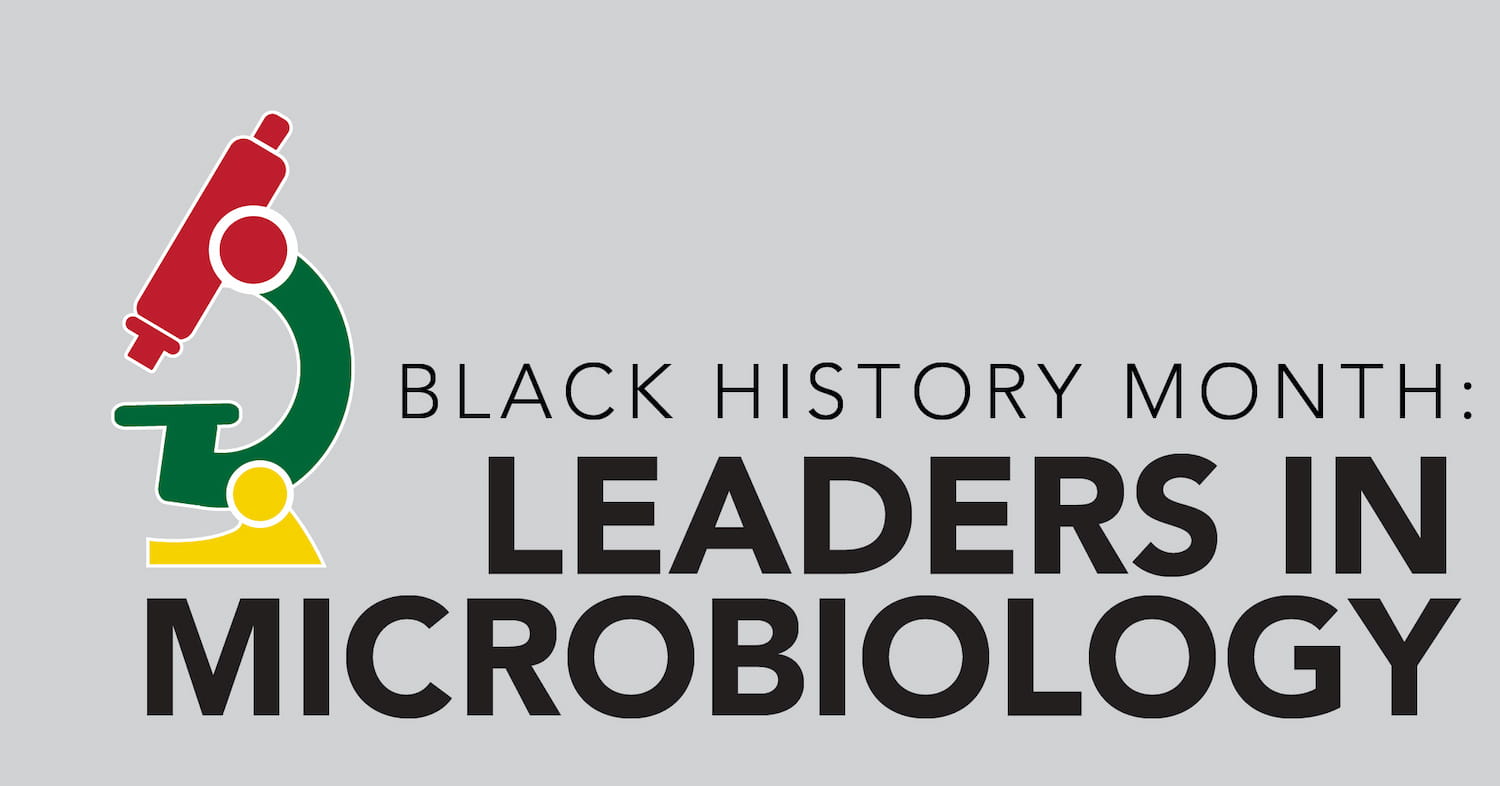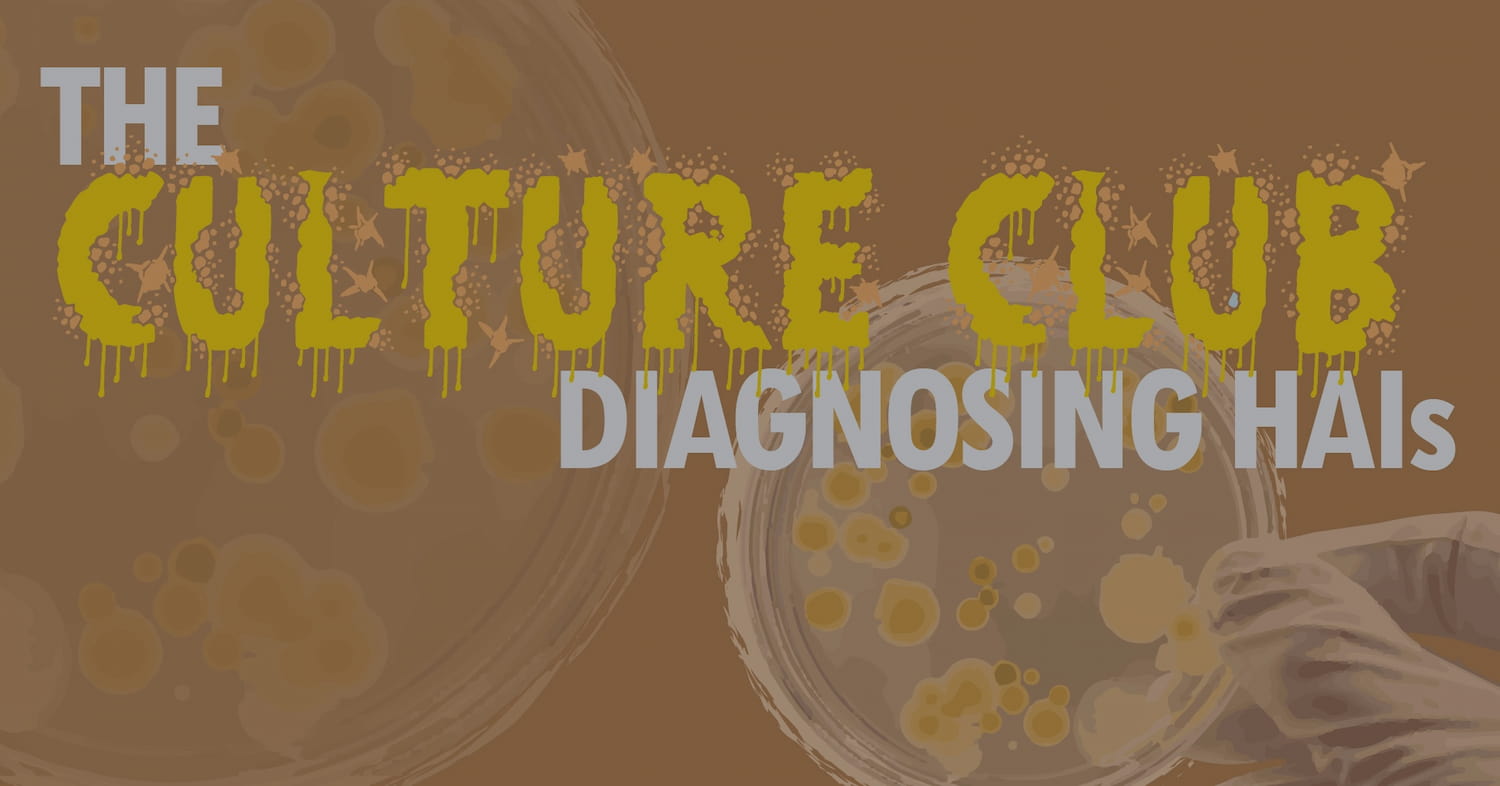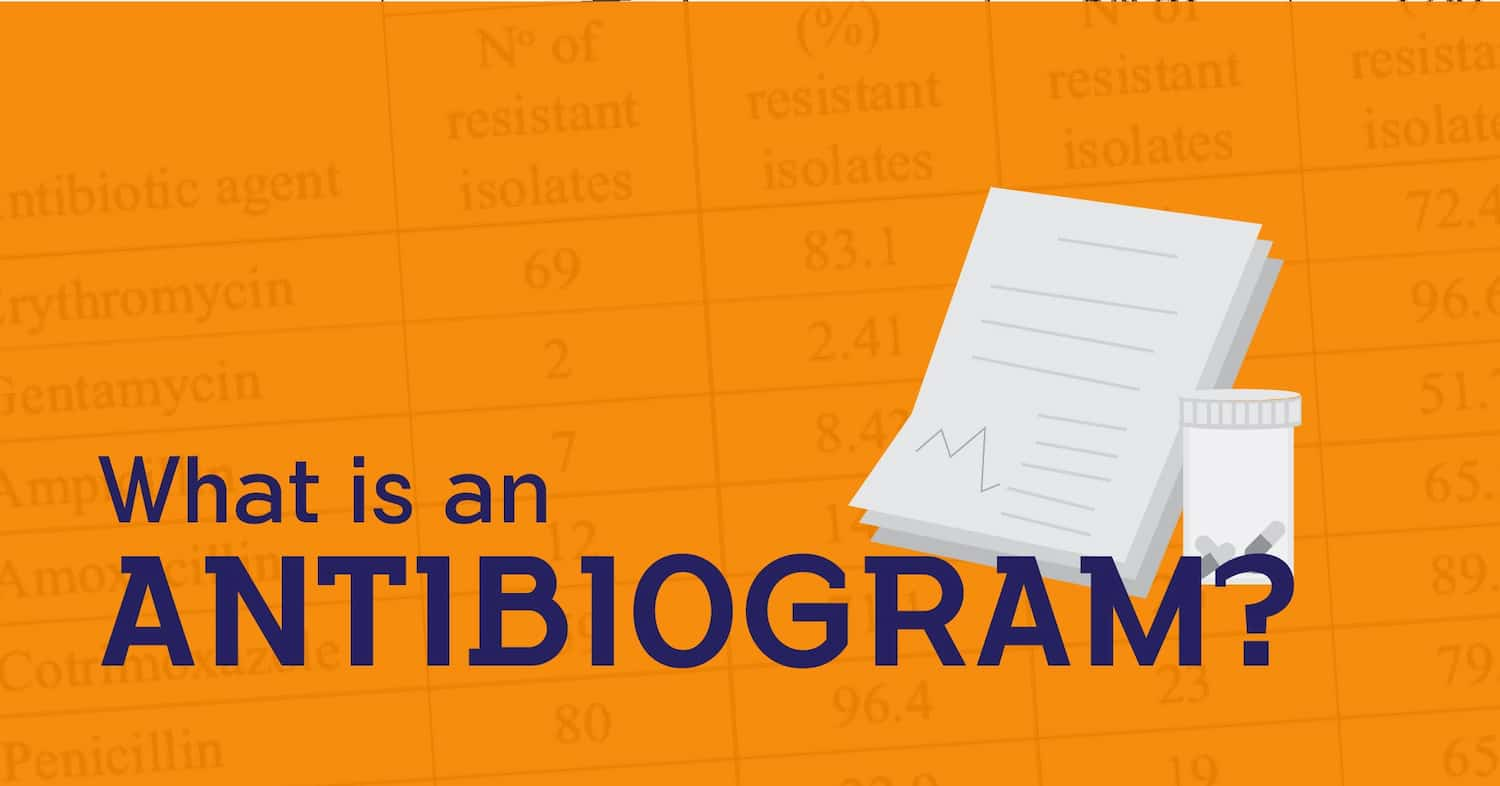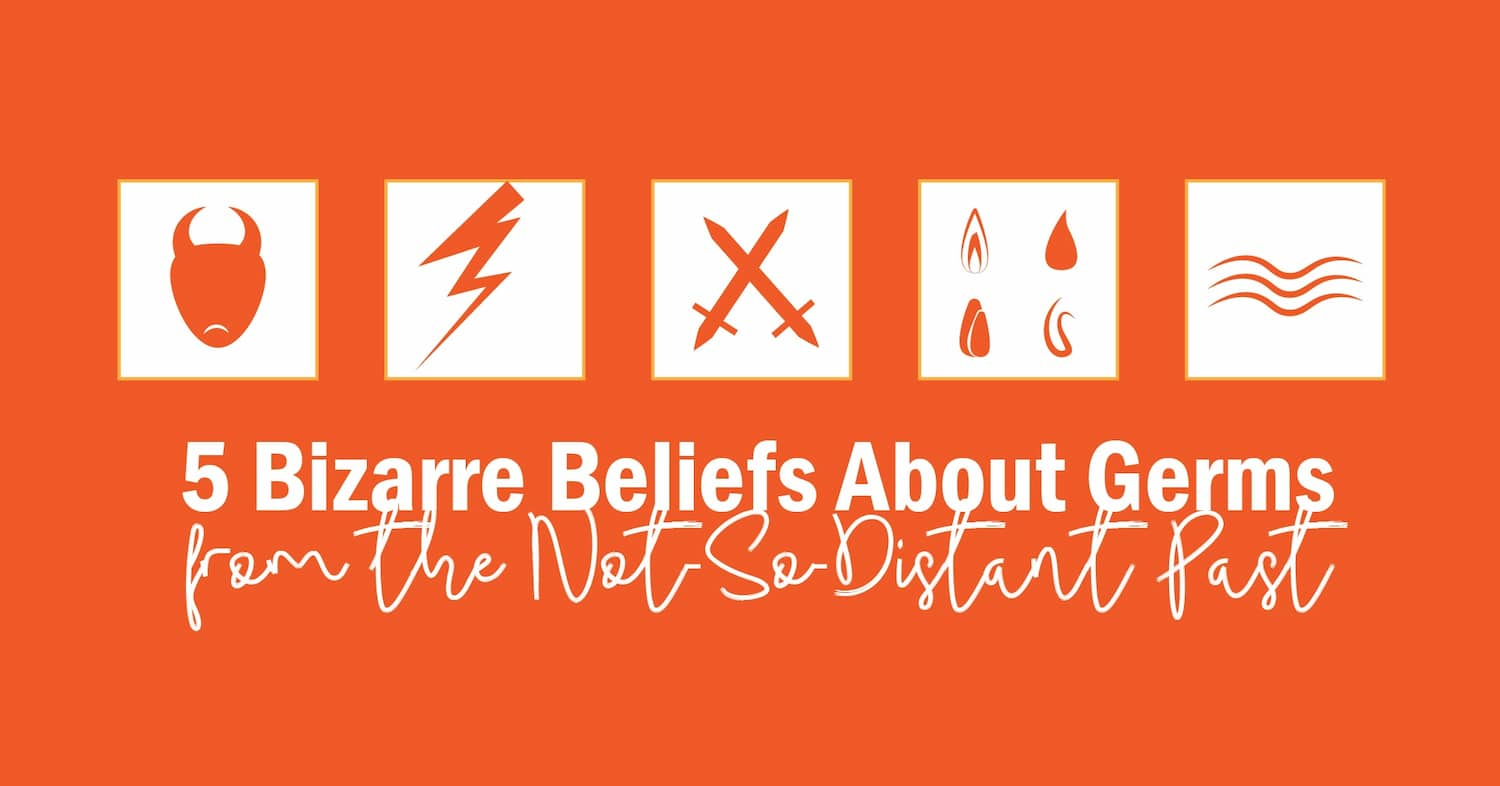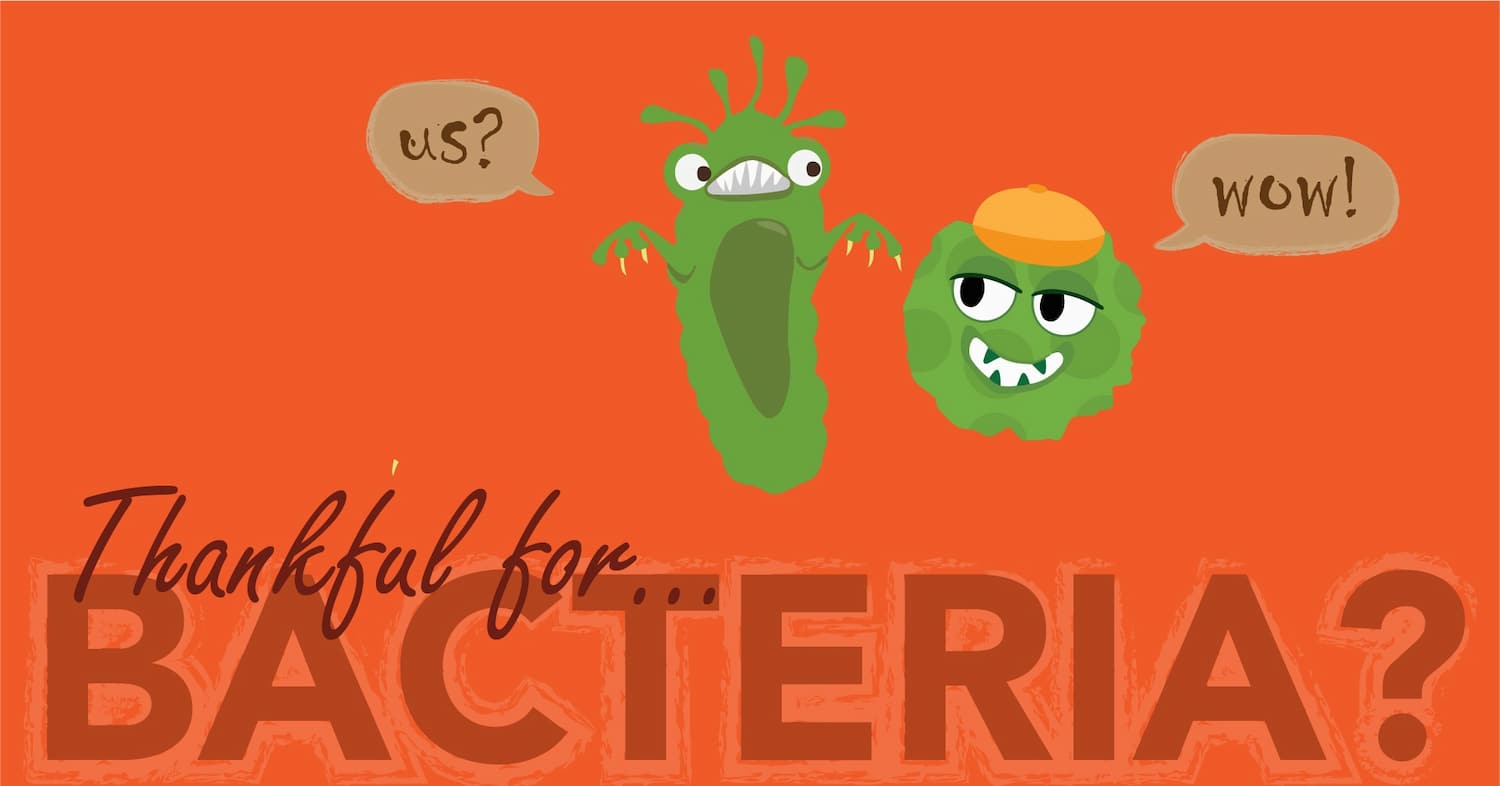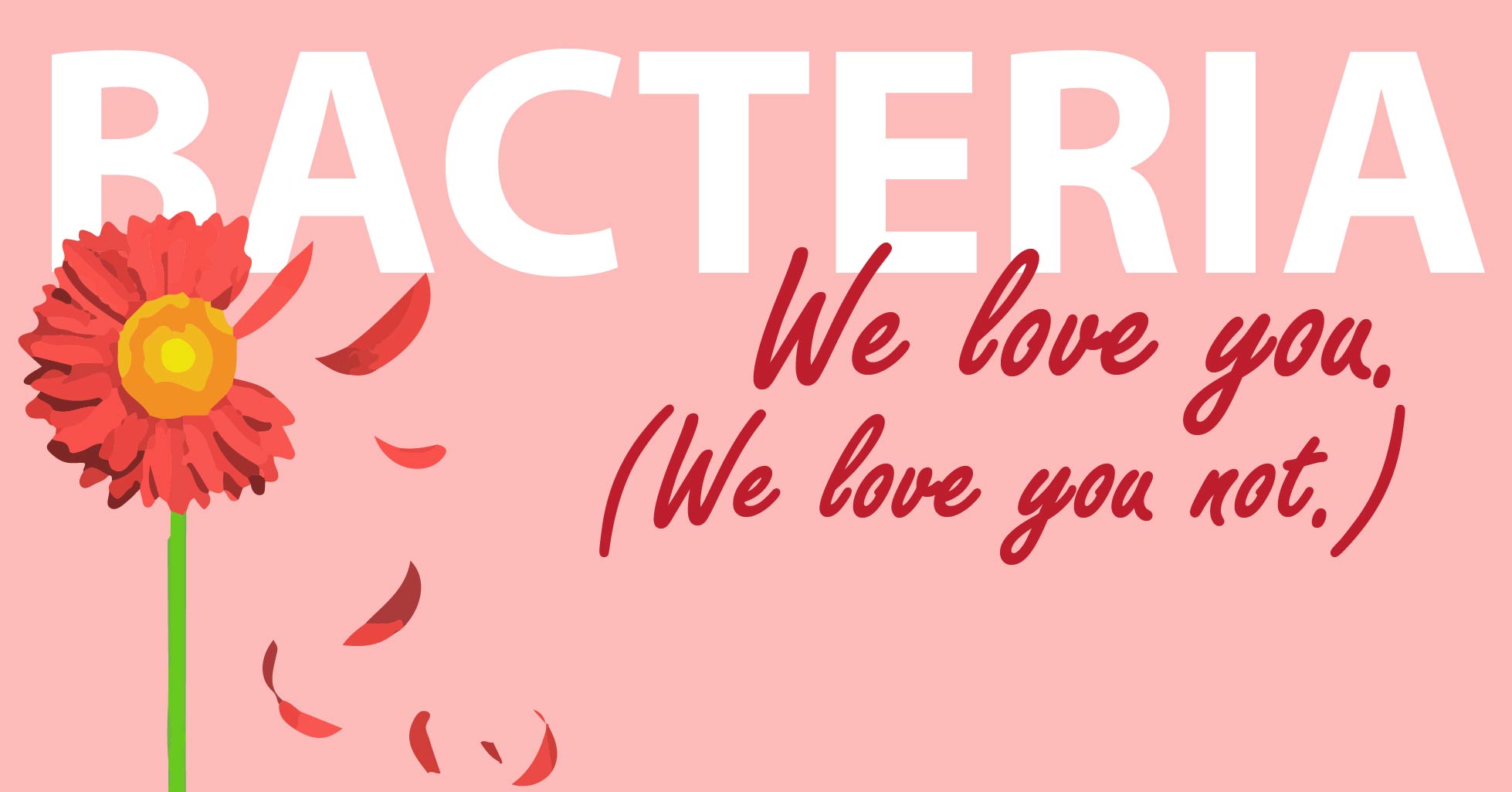As Black History Month begins, we want to take some time to celebrate the countless contributions by African-American physicians, scientists, researchers and advocates in the world of infection control and prevention. In today's post, we'll highlight 5 leaders who made a enormous scientific contributions to the field.
Discussion of the reduction of microorganisms in healthcare settings will often include the data as “log reductions.” To those of us more accustomed to percentages, this can be confusing. Today's post will explain how to interpret these numbers and, we hope, help our readers better understand how they are used in scientific literature.
How do healthcare providers arrive at an HAI diagnosis? A CDC-mandated timing protocol determines whether a patient's infection is healthcare-associated or not. However, it is through a combination of clinical findings, diagnostic testing, and response to treatment that a medical team will determine the presence of an infection in the first place. Today's post will provide a very general overview of the steps a medical team may take in order to diagnose an HAI.
One of the tools available to infection preventionists, hospital epidemiologists and healthcare practitioners is the antibiogram. While not all facilities or networks will have an up-to-date version of this report, they are becoming more common. What is an antibiogram and how can it be used? In simple terms, an antibiogram is a report that shows how susceptible strains of pathogens are to a variety of antibiotics.
A few years back, a team of international researchers successfully used gene editing to correct a heart defect in human embryos. This is the first successful use of the CRISPR/Cas9 technology to edit the human genome, and hints at a future where we can delete disease-causing genes from future generations. What most people hearing this astounding news might now know, however, is that the CRISPR technology is not man-made, per se - it's bacteria-made. Today's post will explore how the future of gene editing was brought to us by the humble prokaryote, the bacteria.
We live in a time of tremendous advancements in science and medicine. We can save premature babies, reattach severed limbs (how about heads?), and research looks promising to wipe out some pretty terrifying diseases. And yet even recently, humanity still believed some pretty crazy things about where diseases come from... and each of them share haunting similarities to some beliefs we encounter today.
We spend a lot of time here pointing out the dangers of bacteria. However, we're going to take a moment to reflect on all the wonderful and life-giving benefits of bacteria. These unseen organisms help us in so many ways, it would be safe to say we can't live without them. Join us as we explore the kinder side of bacteria.
What is bacteria?
Bacteria are single-cell organisms. Where humans are made up of, on average 1 trillion cells, bacteria are made up of just one. But one isn't the loneliest number when it comes to bacteria; they reproduce very efficiently by splitting into two, who then go on to split into two more… and on until you have a colony of bacteria. Some of these colonies are beneficial to us, some don't harm us at all, and some are downright nasty, leading to harmful infections which can threaten our lives.
Are all hospital-acquired infections due to contaminated surfaces? It turns out that some infections - even those as the result of a procedure - are not due to contaminated surfaces, devices, or heath care workers. Sometimes a patient becomes infected by germs in their environment, but sometimes the infections stems from microorganisms in or on their own bodies. Today's post will explore both types of infections and the implications for hospital infection control.
Today's trio of pathogens are stealthy, living on our bodies without causing us harm but wreaking havoc when they find a way inside a bacteria-free, or sterile part of our body (lungs, bloodstream, internal organs, and others). Typically they are surrounded by other species of bacteria in our intestines or on our skin, using all their energy to battle it out for resources with the other species of bacteria that surround them. This keeps them in check. However, if they are able to enter the sterile parts of our body through an incision or medical device, they find themselves in a new territory with absolutely no competition. With uncontested resources, they quickly reproduce and create an infection which can cause great harm, and even death.
